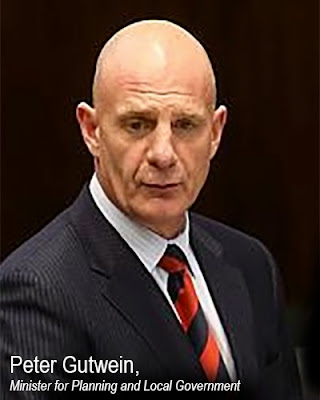29 October 2015
Govt Media Release
The Hodgman Liberal Government pledged to unlock Tasmania’s economic potential and create jobs through a single state-wide planning scheme.
I welcome the passage of this legislation through the crucial committee stage in the Legislative Council today.
The Government wants the new planning system to be up and running in full by 2017, one year ahead of schedule.
Under the new laws there will be around 80 per cent state-wide consistency which will provide more clarity and certainty for everyone. Currently there is only about 15 per cent consistency across Tasmania’s 29 councils in the three regions.
The planning system will be faster, fairer, simpler and cheaper which will encourage more confidence for those looking to invest and expand. It will provide the right platform for more economic development and ultimately create more jobs.
The Tasmanian Government, in partnership with the Planning Reform Taskforce, was determined to redesign the planning system which was a nightmare that Labor and the Greens were too lazy to tackle.
Tasmanians told us that they wanted this planning mess sorted out and we listened and acted.
Importantly the new laws are the result of extensive consultation with major stakeholders including the TFGA, the Master Builders’ Association, Local Government Association, the HIA and many other individuals with extensive planning and legal experience.
We will continue to consult and listen as the State Planning Provisions are developed ready for extensive public consultation early in 2016.

































